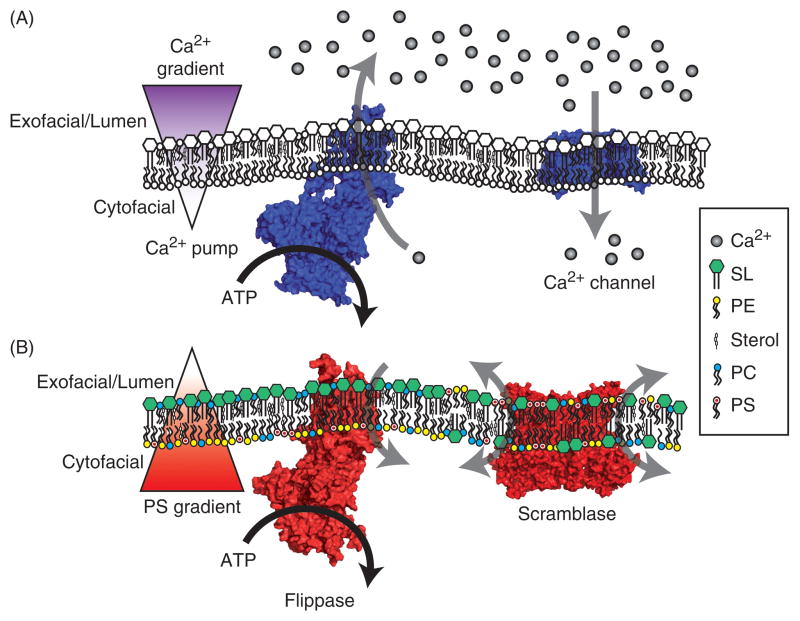Figure 1. A comparison of Ca2+ and phospholipid gradients.
A) Cellular Ca2+ is tightly regulated. At rest, Ca2+ is actively transported into the lumen of the ER and across the PM to the extracellular fluid by Ca2+ pumps, creating a polarized gradient of Ca2+ ions across the membrane. When activated, Ca2+ channels open to harness this chemical potential and transduce cellular signals by rapidly increasing the cytosolic Ca2+ concentration. B) Similar to the establishment of the Ca2+ gradient, lipid flippases (P4-ATPases) will selectively transport glycerophospholipid species from the lumenal or exofacial aspect to the cytofacial leaflet, creating an asymmetric distribution of phospholipids across the membrane. In this example, PS is retained on the cytofacial leaflet of the membrane. Once this PS gradient is set, scramblase activation will non-selectively translocate lipid species between the leaflets of the bilayer to transduce cellular signals. In legend: calcium (Ca2+), sphingolipid (SL), phosphatidylethanolamine (PE), cholesterol in mammals or ergosterol in yeast (sterol), phosphatidylcholine (PC), phosphatidylserine (PS). Ca2+ pump: sarco/endoplasmic reticulum Ca2+ ATPase (PDB: 3W5D). Scramblase: TMEM16F (PDB: 4WIT). Ca2+ channel: voltage-gated Ca2+ channel (PDB: 4MS2). Flippase: Dnf1 homology model (Roland & Graham, 2016). Color figures can be found online.

